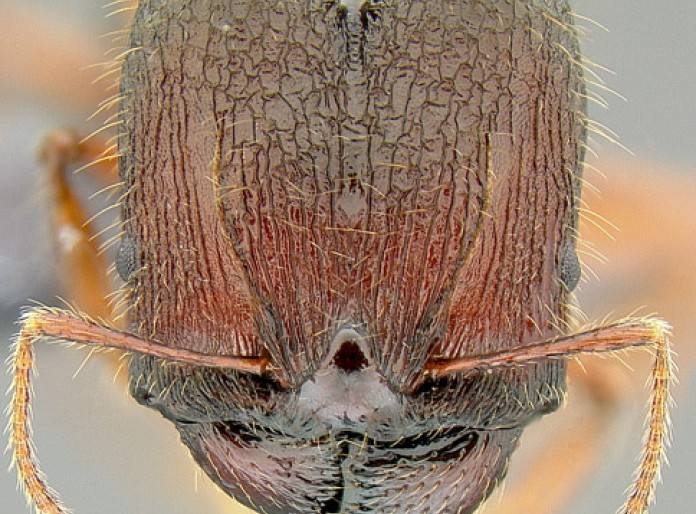Biodiversity and Biocomplexity Unit
Evan P. Economo, Visiting Assistant Professor (FY2011)
Abstract
The Economo unit is scheduled to commence full-time activities at the OIST campus in June, 2012, and was part-time during FY2011. Research projects include macroevolutionary dynamics of the ant genus Pheidole, island biogeography of Fijian ants, theoretical investigations of biodiversity dynamics, and compilation and analysis of a global database of fossil and extant ant biodiversity.
1. Staff
Dr. Benoit Guenard, Postdoctoral Researcher (hired Feb 2012)
2. Collaborations
Theme: "Evolving Hyperdiversity in Geographic, Phenotypic and Ecological Networks: Testing the Taxon Cycle and Alternatives in Indo-Pacific Pheidole." Participating Researchers: Lacey Knowles, University of Michigan.
3. Activities and Findings
3.1. Understanding diversity by studying hyperdiversity.
In FY2011 Dr. Economo initiated a collaborative project with Dr. Lacey Knowles (University of Michigan), on a multifaceted analysis of a 'hyperdiverse' ant genus, Pheidole. The project, which is funded by the US National Science Foundation, uses molecular methods to reconstruct the evolutionary history in the genus. Using this evolutionary tree, we can infer past events such as when new evolutionary innovations arose, when lineages colonized particular continents, and when they evolved new ecological strategies. We particularly seek to understand how these transitions are linked together, how changes in morphology were associated with new ecological strategies, or how adaptation to a different environment promoted dispersal and range expansion. In FY2011 Dr. Economo assembled a large collection of Pheidole specimens from a network of collaborators, and initiated molecular work with colleagues at UM. First results are expected in FY2012.






